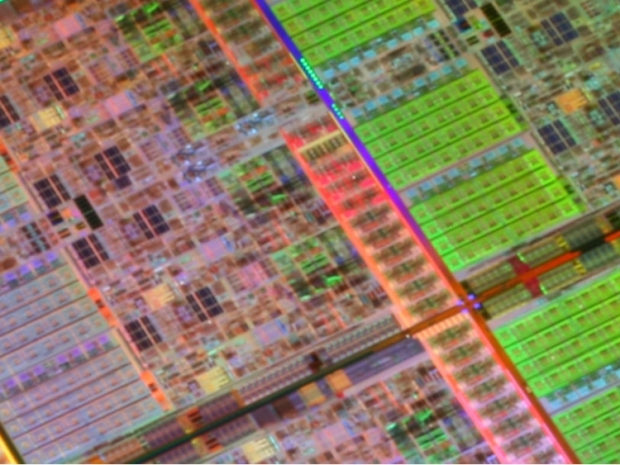Everyone is bound to dominate something that will commercially launch in 2020. Fudzilla invested a lot of time analyzing the wireless communication market as it’s becoming rather interesting.
What piqued our interest is that everyone wants to claim its dominance in 4G/5G. The hot topic today is carrier aggregation in 4G where most providers can deliver 300 Mbps download and 50 Mbps upload with faster speeds in sight. Uploads are reaching 150 Mbps with carrier aggregation and enhanced modulation techniques like 64-QAM, which is faster than most cable and fiber connections available. Things are going to get even faster as Australian Telstra already offers 600 Mbps carrier aggregation and there will be more to follow that path.
Intel is telling investors and customers that they were late to the mobile and overall modem market, but that they won’t be late with 5G. Intel was late with 3G, again very late with 4G and now it claims that it will be the first with 5G. As you can imagine, this does not seem very realistic.
The 5G players are focusing on enhanced mobile broadband, mission critical services such as medicine, robotics, abd automotive, and the potentially massive connected internet of thing devices.
One way of looking at 5G is that it is a 4G on steroids with some major improvements that will solve some of the limitations of 4G. So in order to have a state of the art, winning 5G solution, you have to be dominant in 4G. Intel simply isn’t, as it doesn’t have enough experience.
Intel is most likely to get inside some iPhone 7 or other making its first high end modem design win ever. Intel did ship its modem in some Samsung Galaxy phones but only for small and limited markets.
The Santa Clara giant had a few design wins with Asus, simply as it could corner Asus as its partner in PC space, but even that marriage ended up in divorce. The latest generation of Zen phones uses Snapdragon processors and Asus had a very limited success with phones outside its native Taiwan. Asus’ end of relations with Intel on the SoC side didn't come as a surprise as Intel decided to terminate its SoC phone business.
Intel invested billions of dollars in mobile SoCs and after years of failures it announced that it will simply stop bleeding money on something it cannot make competitive.
The Apple design win doesn’t actually prove that Intel’s modem is any good.
The Apple iPhone design win just proves that companies like Samsung and Apple like to use dual sourcing and buy components from more than one supplier. The reason is quite simply, they can play these suppliers off against each other and get better pricing. We understand that dual sourcing happens often in the image sensors market. In case of an earthquake in Japan or a similar catastrophe, a phone might end up with a Samsung image sensor instead of Sony’s.
Apple started dual sourcing with its SoCs and the iPhone 6S ended up having the SoCs manufactured by TSMC in 16nm or Samsung with 14nm. It turns out that the 16nm ones ended up being better, upsetting a lot of customers.
We won’t want to wander off topic, but it will take Intel a few generations to improve. Samsung has a modem but only inside its SoC and so does MediaTek and Huawei. None of these three players have a dedicated modem, it is up to Intel and Qualcomm to make a 4G modem for companies like Apple.
Intel has only been working on modems for a few years while companies like Qualcomm have done that for a few decades. Qualcomm is inside every iPhone past iPhone 3G manufactured, a few short of a billion. Infineon, a company now owned by Intel has developed iPhone 2G and iPhone 3G, but again, Infineon had no 4G modems available and the acquisition took place after Intel realized the WiMAX 4G standard is doomed to die.
This gives Qualcomm quite a lot of experience and a clear focus to make a modem for Snapdragon SoC and Apple the best they possibly can.
Intel will have a hell of a ride polishing and fast learning 4G before it deploys 5G.
There are no solid guarantees that Intel will make modems in 2020. Intel said that it would dominate computer graphics but its Larrabee discrete card project crashed and burn. Intel promised world dominance with SoCs for phones with Atom processors and again it crashed and burned. It turned so bad, that the company totally killed of the SoC manufacturing. Intel at least has had graphics for gaming inside of millions of notebook processors.
The equivalent of Intel dominating 5G would be as realistic as Tesla beating Toyota or German automakers in 2020 by volume. Tesla 3 preorder customers will be happy if all half million of them get their cars by 2018, considering that the company delayed every single product from its first days of existence.
That is Fudzilla’s analytical, non Steve Jobs distortion field way of looking at the Intel dominance in 5G.




